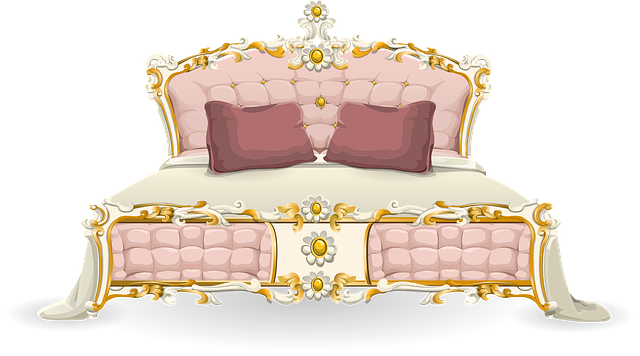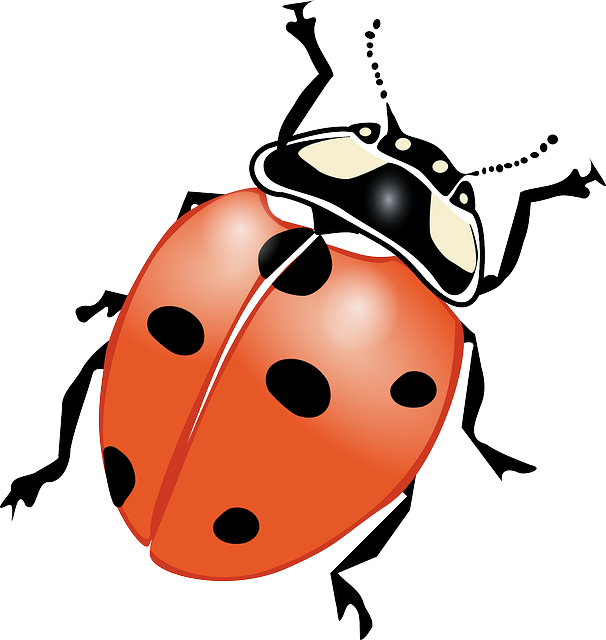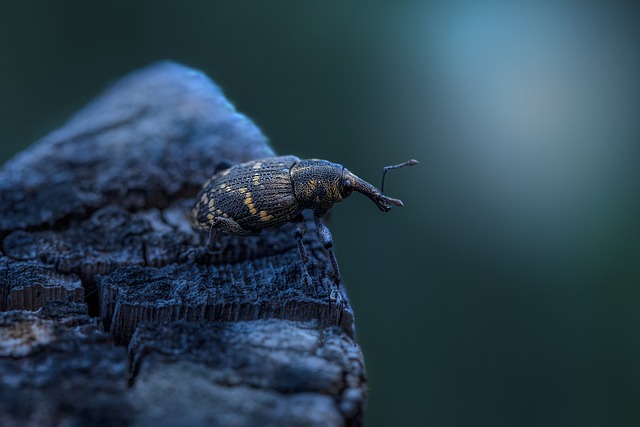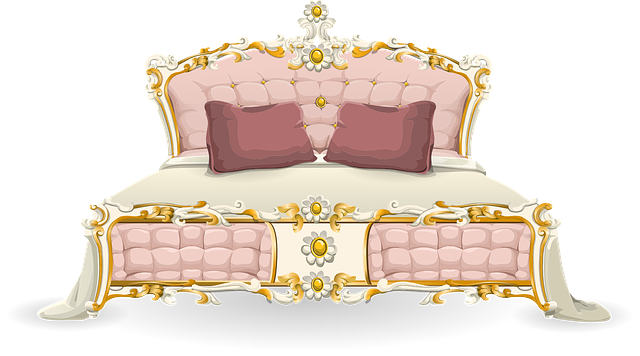Bed bugs, small Cimicid insects, pose significant health risks despite not transmitting diseases. Their complex lifecycle and hiding spots complicate treatment, requiring a multi-step approach including cleaning, sealing entry points, heat/cold treatments, and specialized pesticides. Traditional treatments combine chemical and non-chemical methods with high success rates but health risks; DIY methods like heat and pressure can be effective for mild cases. Preventive measures include regular cleaning, inspection, sealing gaps, using protective covers, and avoiding second-hand furniture. Professional bed bug treatment services offer tailored eco-friendly methods, guarantees, and faster results for severe infestations.
Tired of sleepless nights due to bed bug bites? Understanding these relentless pests is the first step towards reclaiming your peaceful slumber. This comprehensive guide delves into the world of bed bugs, exploring their behavior, health impacts, and property damage potential. We dissect traditional treatment methods, revealing both their strengths and limitations. Then, we unveil affordable alternatives for homeowners and tenants, from DIY solutions to professional pest control services. Learn how to prevent infestations and reclaim your space from these persistent intruders.
Understanding Bed Bugs: Their Behavior and Life Cycle

Bed bugs are small, flat insects that belong to the family of blood-sucking pests known as Cimicids. Despite their name, they don’t carry diseases, but their presence in homes and public spaces can cause significant distress. Understanding bed bug behavior is crucial when it comes to effective bed bug treatment. These pests have a complex life cycle, with four distinct stages: egg, nymph, adult male, and adult female. They typically live for about 4-7 months, during which females lay hundreds of eggs in hidden locations like cracks, crevices, and seams of mattresses, furniture, and walls.
The immature bed bugs, or nymphs, emerge from their eggs and require blood meals to molt and grow into adults. Adult males and females feed on human blood at night while people sleep, leaving behind bite marks and small spots of excrement that can be visible on bedding and fabrics. Their rapid reproduction and ability to survive without a meal for several months make bed bug treatment challenging. Effective control requires a multi-step approach that includes thorough cleaning, sealing entry points, using heat or cold treatments, and applying specialized pesticides targeted at all stages of the bed bug life cycle.
The Impact of Bed Bugs on Health and Property

Bed bugs, though tiny, pack a significant punch in terms of their impact on both health and property. These pesky critters can cause more than just discomfort; they are known to transmit diseases and trigger allergic reactions in sensitive individuals. The common symptoms of bed bug bites include itching, redness, and swelling, which can lead to skin irritation and even psychological distress for those plagued by these insects.
On a property level, bed bugs can wreak havoc, especially in densely populated areas like cities. They breed rapidly, often hiding in cracks, mattresses, and furniture, making their eradication challenging. The cost of professional Bed Bug Treatment can be high, but it’s crucial to address the issue promptly to prevent further damage to both personal belongings and real estate values.
Traditional Bed Bug Treatment Methods: Pros and Cons

Traditional bed bug treatment methods involve a combination of chemical pesticides and non-chemical approaches. The pros include their effectiveness in eliminating bed bugs, with professional treatments achieving up to 95% success rates. They also offer fast results, often resolving infestations within one to two treatments. Non-chemical methods like heat or cold therapy are environmentally friendly and safe for sensitive areas, although they may require multiple applications and be more costly upfront.
Cons of traditional treatments include potential health risks associated with chemical pesticides, including respiratory issues and skin irritation. These methods also focus on symptoms rather than the root cause, leading to possible reinfestation if not properly prevented. Additionally, bed bugs are becoming increasingly resistant to common pesticides, reducing their effectiveness over time. This necessitates the use of stronger, more expensive chemicals or alternative methods, adding complexity and cost to treatment.
Affordable Alternatives for Homeowners and Tenants

For homeowners and tenants on a budget, tackling bed bugs doesn’t have to break the bank. There are several affordable alternatives to professional pest control services that can effectively manage and eliminate these pesky intruders. One cost-effective method is heat treatment, which uses temperature extremes to kill bed bugs at all stages of their life cycle. This method is highly efficient and reduces the need for chemical pesticides, making it safer for both people and pets.
Additionally, DIY bed bug treatments like washing affected items in hot water and using essential oils like neem or peppermint can be beneficial. These natural repellents disrupt the bed bugs’ behavior and can help prevent their spread. Sealing gaps and cracks around the home is another affordable preventive measure, as it limits hiding spots and entry points for bed bugs.
DIY Bed Bug Treatments: What Works and What Doesn't

DIY bed bug treatments have gained popularity as a cost-effective solution for those looking to rid their homes of these pesky invaders. While it’s understandable to want to try and save money, not all do-it-yourself methods are effective or safe. Many common household items people use, such as vinegar, rubbing alcohol, or even essential oils, have limited success against bed bugs due to their inability to penetrate the protective cuticle of the bug’s exoskeleton.
What works best for DIY bed bug treatment is a combination of heat and pressure. Using a steam cleaner or a hot water wash can help kill eggs and adults. Vacuuming extensively with a powerful vacuum cleaner equipped with a HEPA filter can remove adult bugs, nymphs, and eggs from surfaces and fabrics. However, it’s crucial to remember that professional bed bug treatments, especially for severe infestations, often yield faster and more comprehensive results due to the use of specialized equipment and chemicals designed specifically for bed bug elimination.
Professional Pest Control Services: Finding the Right Fit

When dealing with a bed bug infestation, professional pest control services can be a game-changer in effective and affordable bed bug treatment. However, finding the right fit for your needs is crucial. Researching and comparing different companies is essential; consider their experience, reputation, and customer reviews to ensure you receive quality service.
Look for professionals offering tailored solutions, using eco-friendly methods when possible, and providing a detailed plan of action. Reputable firms will also offer guarantees, ensuring that if the bed bugs reappear, they’ll return without additional cost. This commitment to customer satisfaction is a strong indicator of their professionalism and effectiveness in providing affordable bed bug treatment.
Preventing Bed Bug Infestations: Tips for a Pest-Free Environment

Preventing bed bug infestations is key in maintaining a pest-free environment, especially since these tiny creatures can quickly turn into a major problem. Regular cleaning and inspection are crucial steps in Bed Bug Treatment. Vacuuming your mattress, bedding, and floor surfaces regularly helps remove eggs, nymphs, and adults. Pay close attention to seams, tufts, and creases where bed bugs like to hide. Washing linens in hot water (at least 120°F) is another effective method to kill any present bed bugs or their eggs.
In addition to these practices, sealing cracks and gaps around the home, especially in bedding frames and walls, can help prevent bed bugs from entering. Using protective mattress covers can also provide an extra layer of defense. Avoiding second-hand furniture, particularly without proper inspection, is wise as bed bugs can be transported easily through such items. Regularly updating and maintaining pest control measures will go a long way in keeping your space free from these relentless pests.
